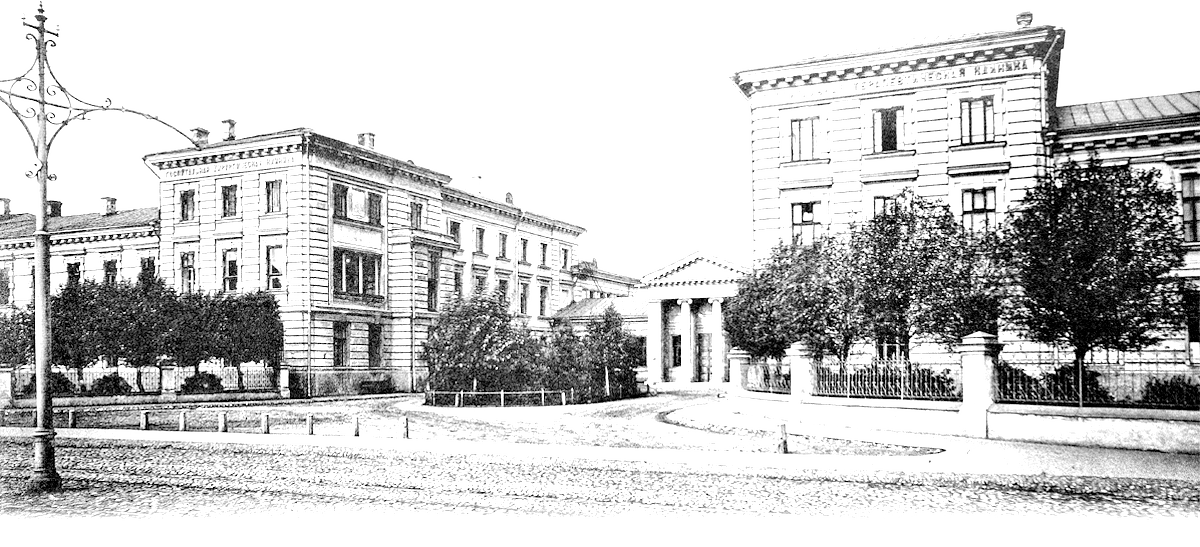Ureteral stones
- Details
- Published: 22 October 2018
Ureteral stone is a dangerous condition, which, in addition to pain in the lumbar region, can lead to acute inflammation of the kidney (pyelonephritis). In most cases, hospitalization of the patient is required.
Symptoms of ureteral stones
Moving into the ureter, the stone causes a violation of the outflow of urine from the kidney and provokes painful sensations of varying intensity.
Most often, renal colic is a severe pain in the lumbar region. It does not go away with a change of a body position, but decreases slightly after taking painkillers and antispasmodic drugs.
The stone of the lower third of the ureter can irritate the bladder, causing frequent urination.
Stones with size up to 5 mm can retreat itself , and stones more than 5 mm - as a rule, required surgery intervention.
The most dangerous condition acute (obstructive) pyelonephritis - is manifested with a strong fever and chills. The condition requires urgent medical care.
Ureteral stone diagnostics
Primary screening is ultrasound. Going down the ureter, the stone prevents the normal flow of urine and is manifested by the expansion of the pelvis and cups - the collecting system of the kidney that produces urine.
Then a general X-ray of the urinary system is performed. If there is a shadow in the projection of the urinary tract, excretory urography is performed. The patient is intravenously injected with a radiopaque substance and after 7 minutes a series of new X-rays is performed.
An alternative to ultrasound and urography is computed tomography, it allows to accurately determine the size, location and density of the stone. It can be performed with or without contrast.
Ureteral stone treatment
The Department of Urology at Sechenov University is the leading medical center for the treatment of urolithiasis in our country. There are located the specialized department of nephrolithiasis, the department of lithotripsy and endoscopic treatment of Kidney stone disease. Our clinic is equipped with a specialized X-ray endoscopic operating room by company Siemens, all modern techniques are available for removing stones of any size.
Extracorporeal shockwave lithotripsy is a- crushing the stone with focused intense shock waves without introducing any instruments into the body with X-ray or ultrasound control. Stones are destroyed to the sand grains, which goes out with the urine due to urination.
Contact laser lithotripsy is a destruction of a stone with laser energy, which is carried out using the tiniest endoscopic instrument (3-5 mm in diameter) brought through the urethra. If it is necessary, stone fragments are extracted using special extractor baskets or micro tongs.
Laparoscopic stone removal (ureterolithotomy) means that the surgeon removes the entire stone after several punctures in the anterior or lateral abdominal wall. It is performed with large stones in the upper and middle third of the ureter.




